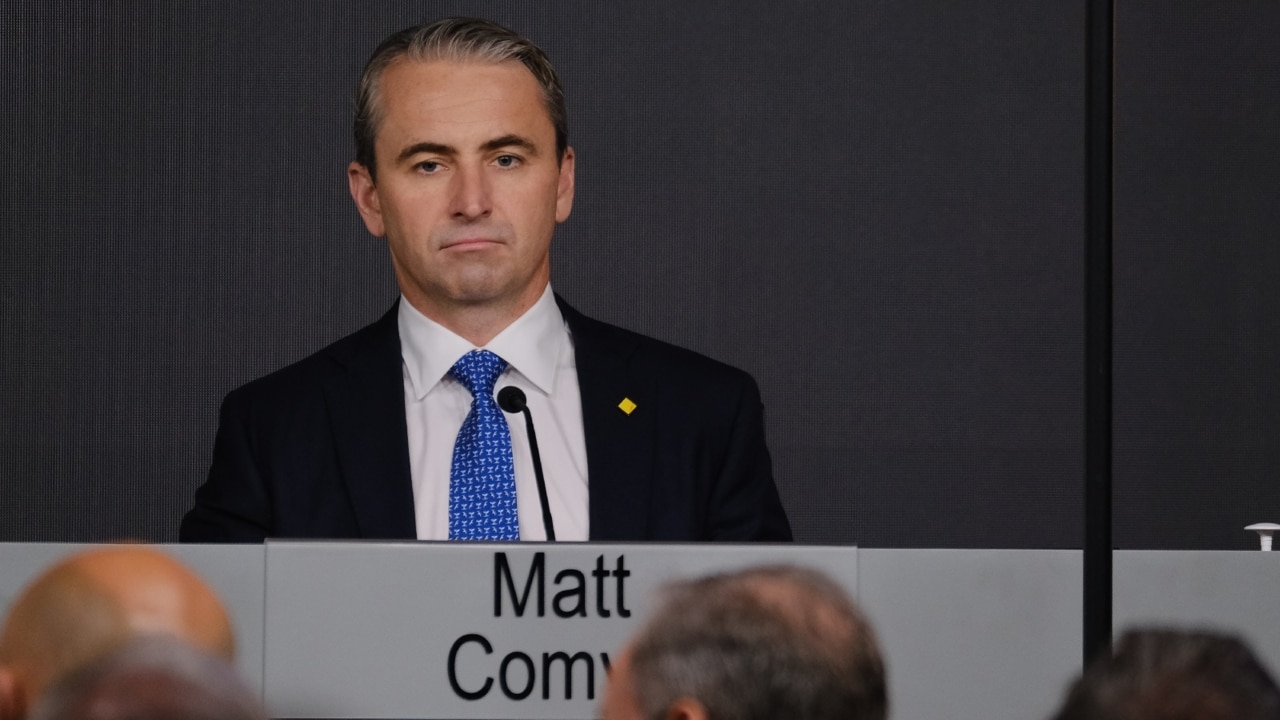Goodman Group upgrades outlook on AI revolution
Industrial property heavyweight Goodman is riding the technology wave by building data centres around the world as big companies remould their operations.

Industrial property giant Goodman Group has lifted its interim operating profit by 29 per cent to $1.13bn and upgraded its outlook, but fallen to a headline loss of $220m on the back of hefty property writedowns.
Goodman Group securities surged by 7 per cent to $28.47 as investors re-rated the stock as a play on the AI boom and overlooked the hit to its property values.
The company is surging on the back of the rise of the digital economy and is building large data centres around the world, saying that it expects to achieve operating earnings per security growth of 11 per cent, a lift on its previous guidance of 9 per cent.
The group, led by billionaire Greg Goodman, has a $3bn war chest to capitalise on both new developments and assets thrown up by the dislocation in the property sector. Big pension funds are backing the shift in its model to become part of the way companies operate, rather than simply providing warehouses.
“As the digital economy expands with the growth of artificial intelligence and increased computing requirements, so does our ability to provide the essential infrastructure needed to support its progress,” Mr Goodman said.
“Our growth in data centre capacity underscores our ability to deliver digital infrastructure, where we’re securing power on our sites and developing data centres in cities with high demand,” he said.
The $220m loss included Goodman’s share of revaluation movements and this also affected the size of its empire as total assets under management dipped by 2 per cent to $79bn. Overall, it had valuation losses of about $3.4bn across its funds empire – about a 4 per cent decline – reflecting the impact of higher interest rates on valuations.
But on the ground, the portfolio was 98.4 per cent occupied and like-for-like net property income grew at 5 per cent. The company has a massive $12.9bn of projects underway with 85 sites across the world which will yield it about 6.7 per cent on cost.
Data centres are growing rapidly and make up about 37 per cent of the development work. Mr Goodman called out the rise in development earnings as more projects were started on the company’s own balance sheet and deliver strong margins. Property investment earnings also rose in line with rental growth and as Goodman’s funds own more completed assets.
Mr Goodman noted the impact of the sharp increase in long-term government bond yields in driving the hit to property values, with the adverse impact on the global cost of capital seen across all property asset classes. Management earnings were up 36 per cent as performance fees came in during the half, even as the overall size of the group’s holdings dipped.
The company famously sold off secondary assets during the property boom in order to keep debt in check and is now well positioned while many rivals are still highly leveraged.
“Our platform remains well capitalised and lowly levered, and we continue our focus on delivering our investors attractive earnings growth, underpinned by a sustainable and long-term business and capital management strategy,” Mr Goodman said.






To join the conversation, please log in. Don't have an account? Register
Join the conversation, you are commenting as Logout